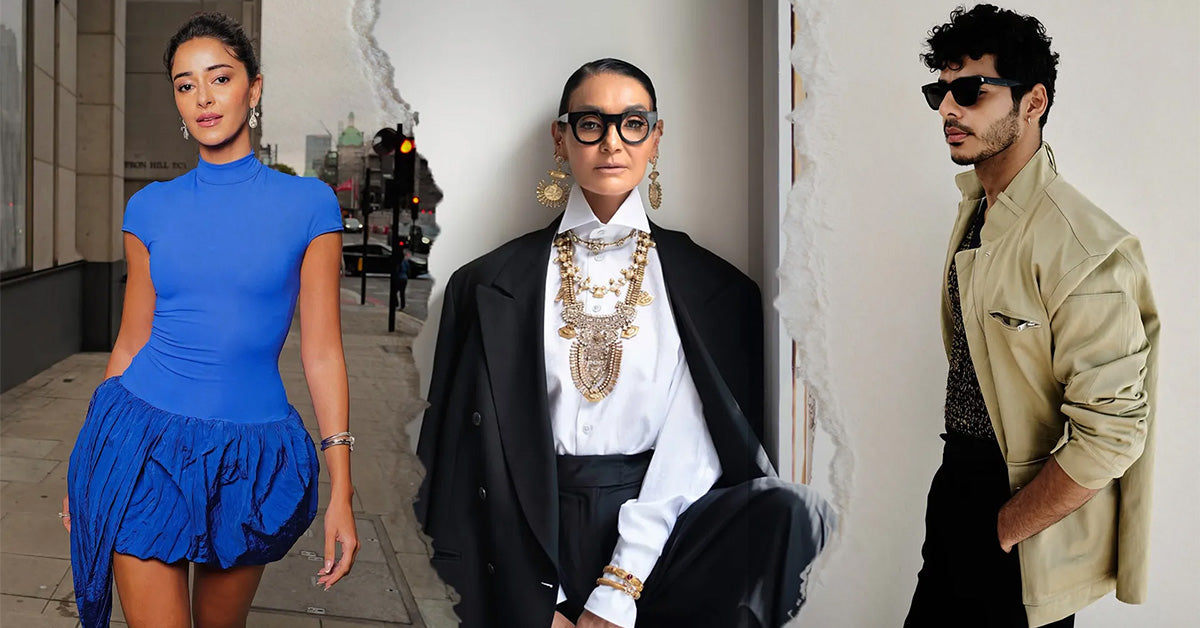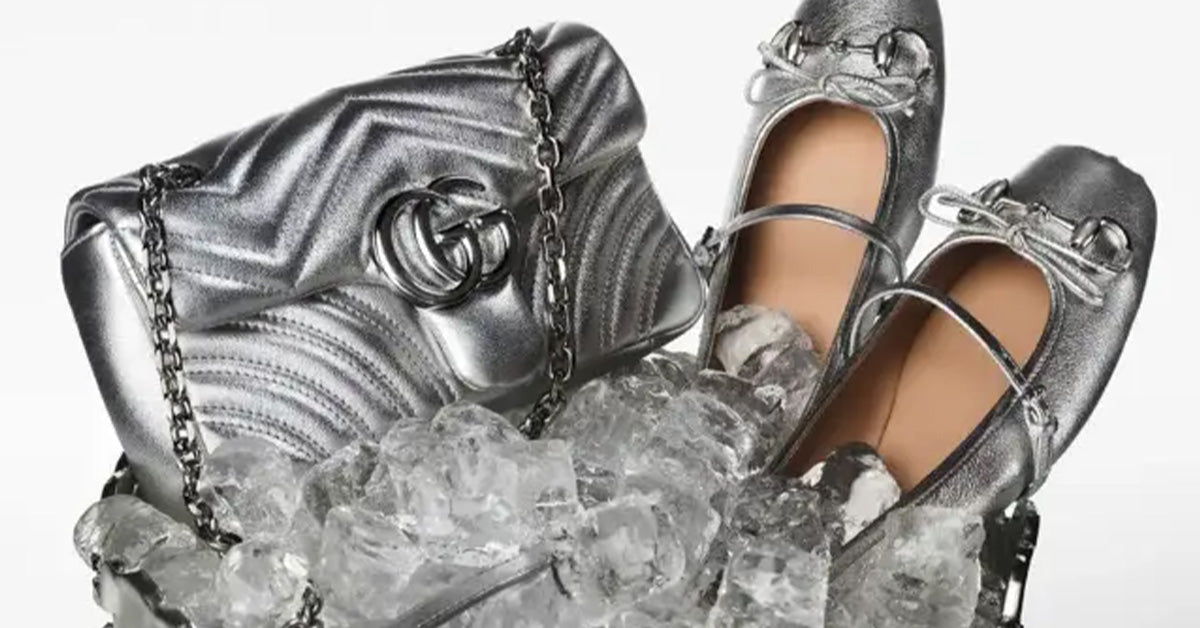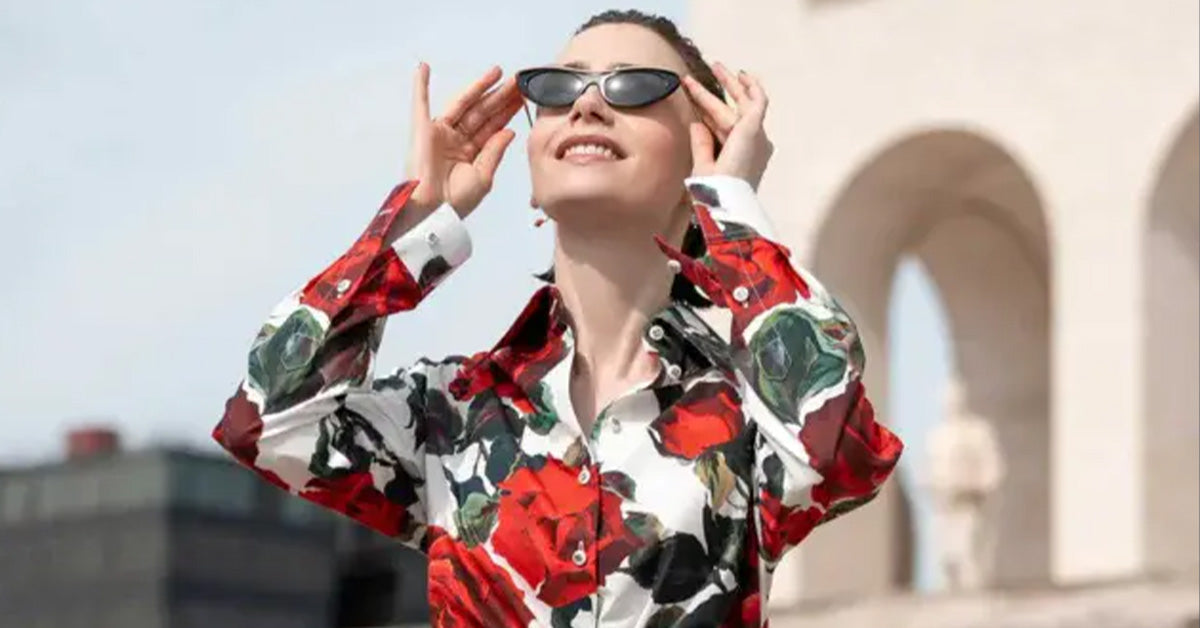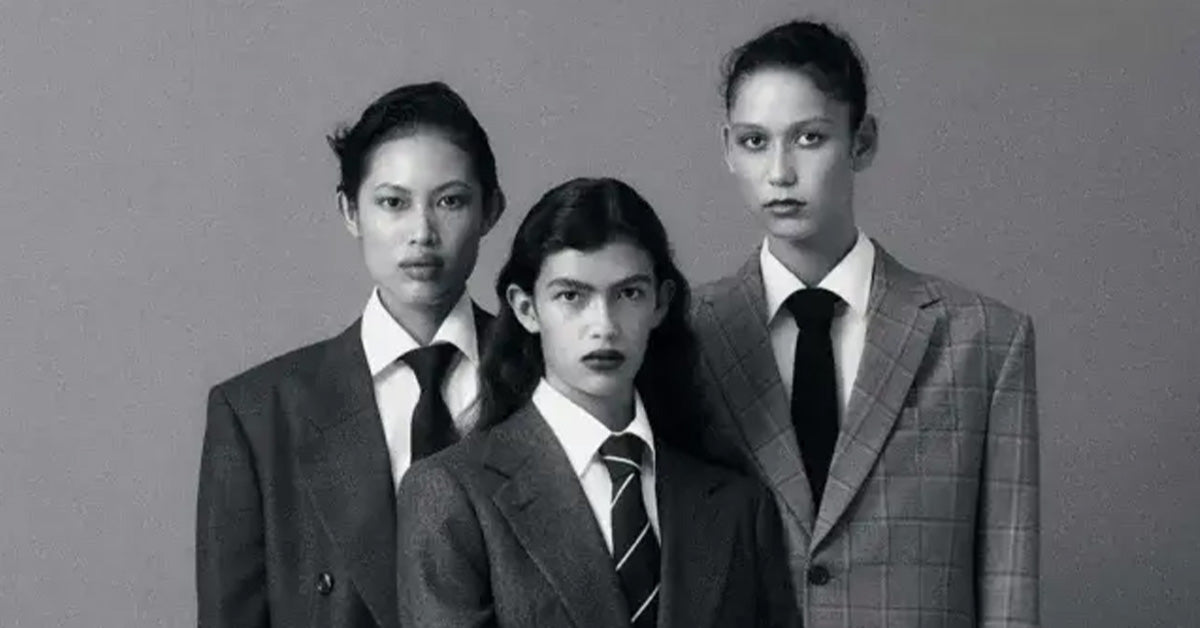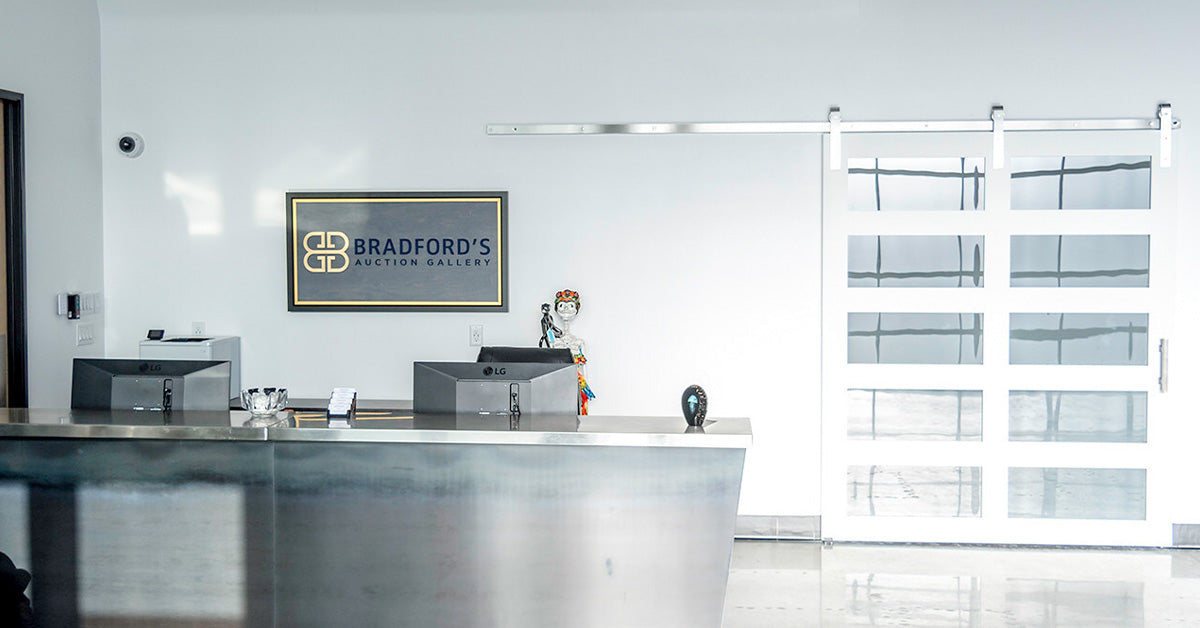The blazer is one of the most versatile and iconic pieces in the world of fashion. Whether you're dressing up for a corporate meeting, a casual brunch, or a semi-formal evening event, this wardrobe staple has the ability to elevate your outfit effortlessly. But what exactly is a blazer? How did it originate, and why is it such a timeless classic? In this editorial, we’ll dive deep into everything you need to know about the blazer—its history, key characteristics, styling tips, and more.
The Origin and History of the Blazer
The blazer traces its roots back to the early 19th century. It originally emerged as a nautical jacket worn by rowers in the English sporting tradition. The term "blazer" gained prominence in 1837 when the members of the Lady Margaret Boat Club at St. John's College, Cambridge, wore bright red jackets, which were described as "blazing red." This colorful association gave rise to the name "blazer."
Over time, the blazer evolved beyond its athletic and nautical beginnings. By the late 19th century, it had become a part of casual and formal menswear, particularly in British schools and clubs. Eventually, it found its way into mainstream fashion, becoming a unisex wardrobe essential in the 20th century.
What Makes a Blazer Unique?
What sets a blazer apart from other jackets, such as a suit jacket or a sports coat? Here are the defining characteristics of a blazer:
- Structured Fit: Blazers typically have a structured and tailored fit, giving them a polished appearance.
- Metal or Decorative Buttons: Many blazers feature ornate buttons, often in gold or silver, which differentiate them from suit jackets.
- Versatility: Unlike a suit jacket, a blazer is not restricted to a matching pair of trousers. It can be paired with different types of pants, including chinos, jeans, and skirts.
- Fabric Options: Blazers come in a variety of fabrics, including wool, tweed, cotton, and linen, making them suitable for all seasons.
- Single- or Double-Breasted Styles: Blazers are available in single-breasted and double-breasted designs, offering options to suit different aesthetics.
Types of Blazers
Blazers come in a wide range of styles to suit different occasions and preferences. Here are some popular types of blazers:
- Classic Blazer: A timeless single-breasted blazer in neutral colors like black, navy, or gray.
- Double-Breasted Blazer: Featuring two columns of buttons, this style exudes sophistication and formality.
- Tweed Blazer: Made from textured wool fabric, this blazer is ideal for autumn and winter.
- Casual Blazer: Often unstructured and made from lightweight materials, perfect for relaxed settings.
- Patterned Blazer: Includes checks, stripes, or bold prints for a statement look.
How to Style a Blazer
The blazer is celebrated for its incredible versatility. Here are some styling ideas to help you make the most of this wardrobe essential:
- For Work: Pair a tailored blazer with a button-up shirt, tailored trousers, and loafers for a professional look.
- For Casual Outings: Throw a casual blazer over a t-shirt, jeans, and sneakers for a chic yet laid-back vibe.
- For Evening Events: Opt for a sleek double-breasted blazer with a silk camisole, wide-leg pants, and heels for a sophisticated ensemble.
- Layering: Use a blazer as a layering piece over a sweater or turtleneck during colder months.
- Statement Piece: Make your blazer the focal point by choosing bold colors or unique patterns.
Blazer Care and Maintenance
To ensure that your blazer remains in pristine condition, proper care is essential. Here are some tips:
- Read the Label: Always check the care label for specific cleaning instructions.
- Dry Clean: Most blazers should be professionally dry cleaned to maintain their structure and fabric integrity.
- Proper Storage: Hang your blazer on a sturdy hanger to preserve its shape.
- Avoid Overwashing: Overwashing can weaken the fibers. Spot clean minor stains instead.
- Steam Instead of Iron: Use a steamer to remove wrinkles without damaging the fabric.
FAQs About Blazers
Here are some frequently asked questions to help you better understand blazers:
-
Q: Can a blazer be worn casually?
A: Yes, a blazer can be styled casually with jeans, sneakers, and a t-shirt for a relaxed yet polished look. -
Q: What's the difference between a blazer and a suit jacket?
A: A blazer is more versatile and can be worn with mismatched pants, while a suit jacket is part of a matching set. -
Q: Are blazers only for formal occasions?
A: No, blazers can be styled for both formal and casual occasions, depending on the fabric, fit, and overall outfit. -
Q: Can women wear blazers?
A: Absolutely! Blazers are a unisex wardrobe staple and come in a wide variety of styles tailored for women. -
Q: How should a blazer fit?
A: A blazer should fit snugly across the shoulders, with the sleeves ending just above the wrist bone, and should allow for comfortable movement.
The blazer is undoubtedly a timeless and versatile piece of clothing that every fashion enthusiast should own. Whether you’re looking to dress up or down, the blazer offers endless styling possibilities, making it a true wardrobe hero.

